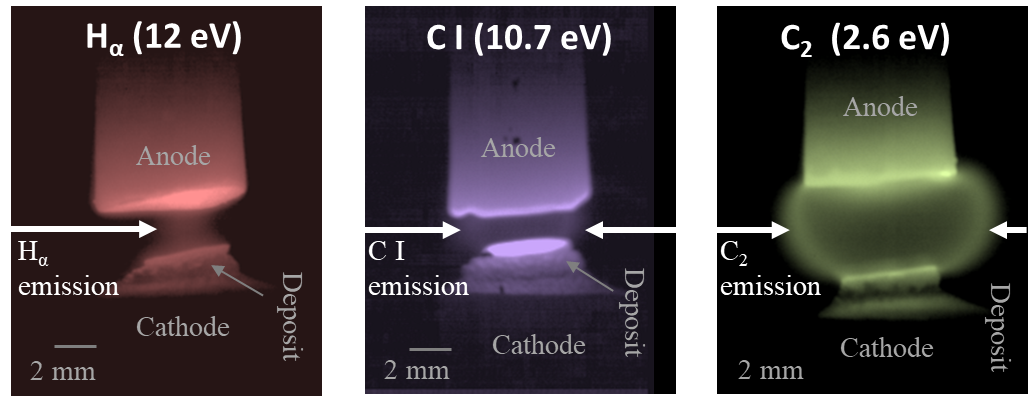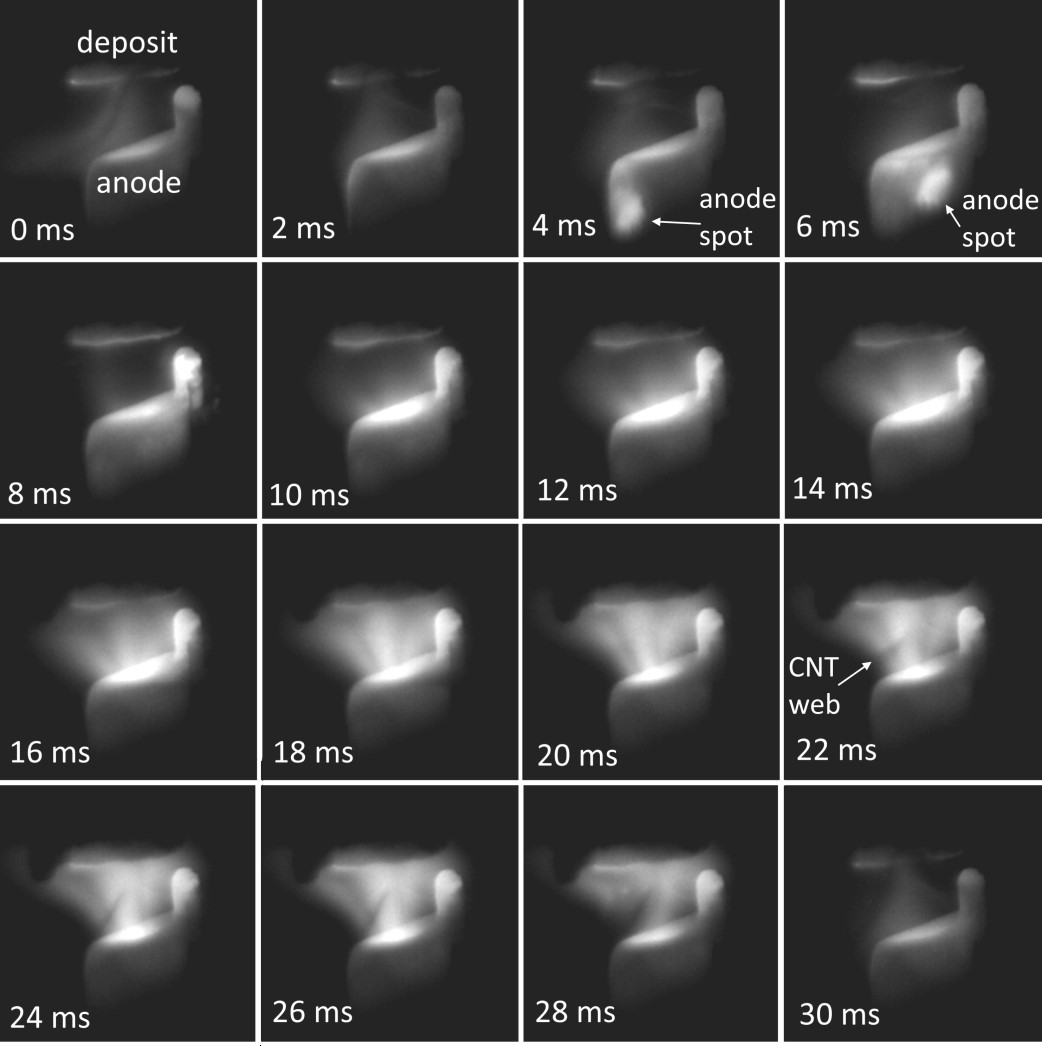Fast Imaging
Advanced Diagnostics Navigation
- Atomic and molecular species, positive and negative ions
- Laser-Induced Fluorescence (LIF) and Two-Photon Absorption LIF (TALIF)
- Radar Resonant Enhanced Multi-Photon Ionization (Radar REMPI)
- Characterization of plasma, chemical composition and dynamic behavior
- Electron velocity distribution function, gas flow velocity and temperature
- Electric field and space potential
- Nanoparticle Diagnostics
- Surface Diagnostics
Fast Imaging
Diagnostics for evolution of short processes on time-scale of below ns (i.e. ionization wave propagation)
Diagnostics for bulk plasma fluctuations at rate of 500 frames per second
Spectral imaging 2-D distribution of specific species

Imaging diagnostics will be utilized to monitor the dynamic behavior of the plasma, including entire system and selected species. For the latter, fitting the camera with a narrow bandpass optical filter allows monitoring the spatial and temporal evolution of certain atomic molecular and atomic species (see spectral imaging example below).

PPPL lab is equipped with nanosecond ICCD cameras, capable working with minimal exposure of 2-3 ns (Andor iStar and PiMax 3) and with a camera (4Picos) having a minimal exposure of 200 ps. These cameras are suitable for capturing the evolution of short and low-light processes in plasmas.

Times on each image are given with respect to laser shot (captured with PiMax3)
PPPL lab is also equipped with a fast-framing Phantom V7.3 camera, capable of operating at 500k frames per second rate, with minimal exposure of 1 μs. The fast framing camera is suitable for tracking bulk movement of plasma, oscillations and striations formation in the plasmas, especially the non-repetitive behaviors.

 This capability is located at the Princeton Plasma Physics Laboratory.
This capability is located at the Princeton Plasma Physics Laboratory.
